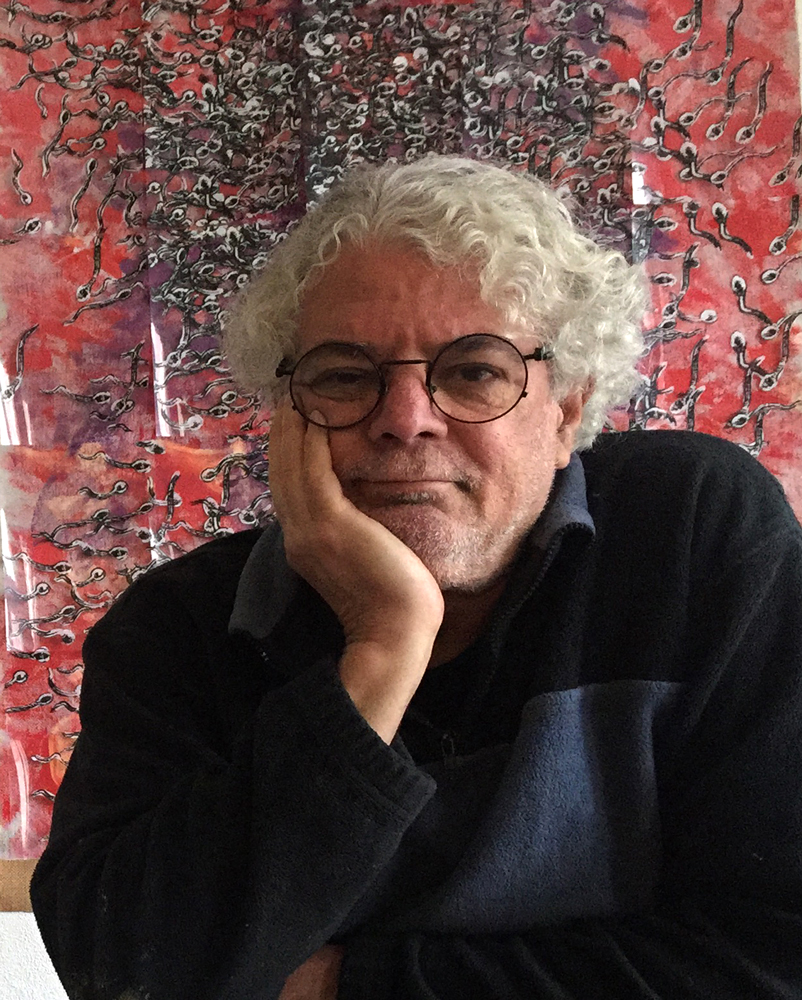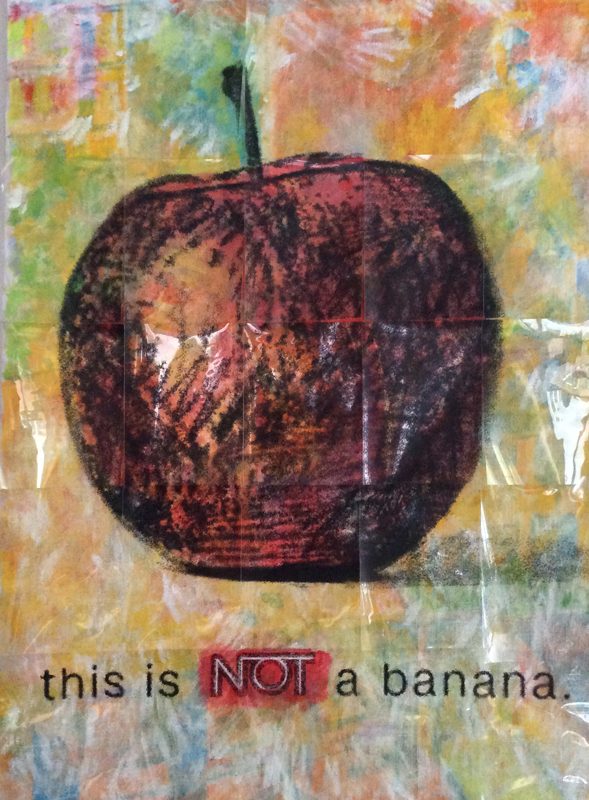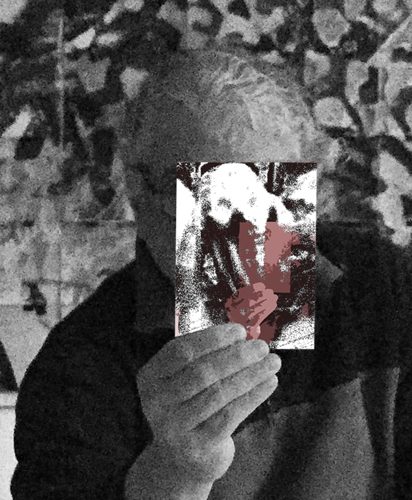
About
Kenneth E. Beeker (1950) is a Dutch multidisciplinary visual artist and composer of images, native Suriname, South America. Currently living in Amsterdam. He signs his work as b’ker.
Despite taking some drawing lessons from renowned artists such as Nola Hatterman and attending the NIKK art academy, Beeker considers himself primarily autodidactic.
From a young age, he began drawing and eventually started a sign-painting company with a partner at the age of sixteen, where they created large advertising images for brands like Fernandes and Coca Cola on stadium walls, trade fairs, and logos and signs on DC-6 airplanes.
While working as a sign-painter, Beeker continued to develop his painting skills and was able to apply what he learned to his art history lessons, where he discovered a whole new world of art.
Beeker found himself particularly fascinated by the cubist works of artists such as Picasso and Braque, who like him, were greatly influenced by African art. He began passionately working on a series of oil paintings in his own version of cubism and within a year, had his first exhibition at the business society club, Het Park.
Since then, his works have been showcased in exhibitions across Suriname, Aruba, Curacao, Brazil, and the Netherlands. His most recent works were exhibited at the Amsterdam Museum and Gallery 23 in Amsterdam.
As a spiritual atheist, non-conformist, and liberal thinker, Beeker positions himself as a seeker, observer, and amplifier in a time where there is an abundance of visual information.
Vision
Firm lines and decayed lascivious spots on plastic sheets. Hanging over vivid colors on burlap. Exciting and at the same time pleasantly confronting. The dynamic interaction between the classical and the contemporary.
As burlap symbolizes the ancient and the traditional, plastic can be considered to represent the present. It embodies the perfect combination. The reflection of our sustainable but also blatant excessive-informative and commercially materialistic era.
On the plastic sheets, the lines and spots manifest themselves as definite as the unrestrained behavior of people on social media and internet. The rising neo-populism, in all its immediacy and impermanence, seems to entice substantial parts of the world population, almost like in an opera.
But moreover it’s all about life and transience. Represented by loosely hung transparent sheets, Functioning like the pages of a book. They each are part of a bigger story. Once placed in the right sequence, the image appears.


Passion and Inspiration
Beeker works with everything that makes him think, or encourages him to muse philosophically.
In this way he consumes and processes images and stories that he is looking for or that present themselves, and converts them into visuals.
In his work, the style always serves the subject. In fact the subject determines and dictates the style.
He calls his passion drift. In his experience a drift is a complex and disproportionate interaction between controlled and intuitive energies.
He describes his work as visual splurges of unstylish urges.
The physicality of the plastic sheets used as ‘canvas’, their appearance and the meandering reflection of the light causes an effect that is hard to describe well, but is complementary, and a natural part of his work.
copyright 2024: kenneth beeker b’ker | web development by nonhandig
